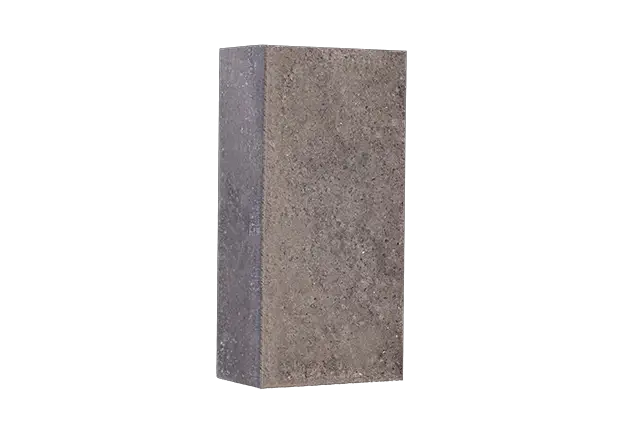High-alumina bricks are notable for their exceptional durability and resistance to elevated temperatures, making them a paramount choice for the demanding environment within cement kilns. These specialized refractories contain a high percentage of alumina, usually above 50%, which allows them to withstand thermal shock and corrosion from the raw materials processed in the kiln.
One of the standout features of high-alumina bricks is their unparalleled ability to endure high temperatures, often exceeding 1500 degrees Celsius. This capability ensures that they maintain structural integrity when subjected to the intense heat typically associated with cement production. Moreover, their low thermal conductivity guarantees efficient heat retention, a critical factor in increasing energy efficiency within the kiln.
When applied in cement kilns, high-alumina bricks contribute significantly to the operational efficiency of the production process. Their resistance to chemical attack from substances such as sulfur and alkali helps minimize wear and tear, ultimately extending the lifespan of kiln linings. Additionally, the use of these bricks enables consistent thermal cycling, reducing the risk of failure and downtime during production.

As we strive for innovation in materials science, the realm of high-alumina bricks has seen exciting advancements. One significant development is the incorporation of phosphate bonding technologies, which improve the structural integrity of the brick under extreme conditions. This innovation not only bolsters mechanical strength but also enhances the brick's resistance to thermal shocks, allowing for more robust performance in kilns.
In conclusion, high-alumina bricks are an indispensable component in the modern cement industry. Their unique properties not only foster enhanced performance and durability but also contribute to the overall efficiency of cement kilns. As cement production continues to evolve, the role of high-alumina bricks remains critical in meeting the increasing demands for quality and sustainability in this vital industry.
